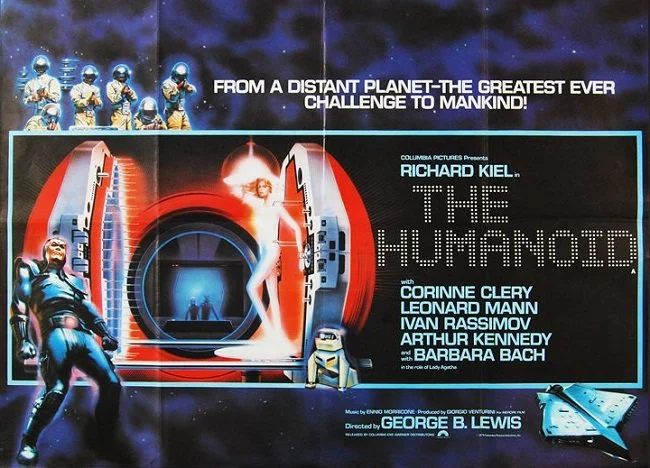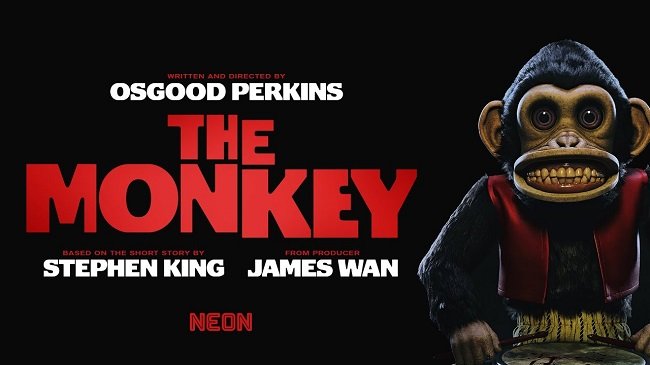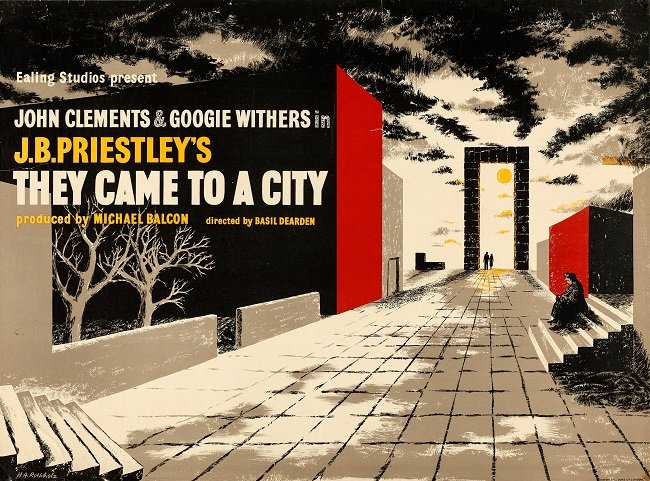Dark City: Director's Cut (1998)
There are many directors who have cut their teeth working in the music industry. They have often fashioned their cinematic style and technique from the music videos they’ve made. Unfortunately, I am not a fan of this school of movie making. McG, for example represents to me the epitome of style over substance. I also detest this current trend for fast editing. It may well be pertinent for the music industry but I believe it is to the detriment of the narrative cinema. But there is one director from this background who has risen above his roots and exhibits true creative talent and a fundamental grasp of film. Alex Proyas, director of The Crow and I, Robot.
Dark City is an often-overlooked film, lost in the wake of the media hype surrounding The Matrix. Both have plot similarities and common themes. However, Dark City displays a deeper level of thought which is perhaps t why it lost favour with mainstream audiences not adequately equipped for its cerebral rigour. There is also a lack of a mainstream A list actor. Instead the film relies upon an international cast of established character actors. In 2008, director Alex Proyas re-edited the film, removing the original opening narration, adding additional material and some extra FX footage. The results are quite startling and have had quite an impact on the way the story is presented and which themes and motifs are emphasised.
Dark City starts off as a stylised film noir, with Rufus Sewel waking up in a motel with a dead prostitute. He's soon on the run from hard boiled cop, William Hurt. Can he trust his estranged wife Jennifer Connelly? Is he really mentally ill as his Doctor (Kiefer Sutherland) describes or is there something more sinister going on? Who are the trio of tall strangers dressed in black, who are pursuing him over the ersatz 1950s city? A postcard hints at possible clues that can be found at shell beach, an out of town resort. But despite being clearly sign posted, no underground train seems to go there. Matters just seem to get stranger, as peoples identities change along with streets and buildings. Why is it perpetually night time? As the story soon descends into a disturbing dystopian nightmare it becomes clear that there are sinister forces at work.
This director's cut of Dark City, turns a flawed but accomplished film into one that finally reaches its full potential. The detective story soon gives way to darker plot elements and expands into a gothic vision. The final act reveals an intriguing science fiction style dénouement. To say more would spoil the plot for those who have yet to see it. Let it suffice to say that Dark City is one of a handful of movies that successfully straddles multiple genres. The production design is striking mixing expressionism, art nouveau and fifties Americana. The story is reminiscent of Philip K. Dick work and has more than a hint of Kafka about it.
The cast is very eclectic (and international), featuring the talents of Ian Richardson, Richard O' Brien, Colin Friels, Bruce Spence and even John Bluthal (Frank Pickles from The Vicar of Dibley). Trevor Jones provides an evocative soundtrack. Proyas directs stylishly with a good grasp for story and character. This new cut, removes the voice over at the beginning which clumsily telegraphed the plot and places a more nuanced focus on the initial mystery. The theme of awaking from a perceived reality into a bleaker and more sinister alternative one, as mentioned earlier draws comparisons with The Matrix. However, the messianic allegory of that film is exchanged here for a more Nietzschian subtext.
Dark City by its very nature was always destined to become a cult film. Yet it actually is more than that, working on several levels. It can be viewed as a baroque science fantasy film or as a deeper commentary on the shallow and contrived nature of modern society. It is certainly a visually arresting and thoughtful if sombre film. It is not excessively violent, though it is somewhat grotesque and brooding. The ending may spark a further debate when you consider the implications.




























